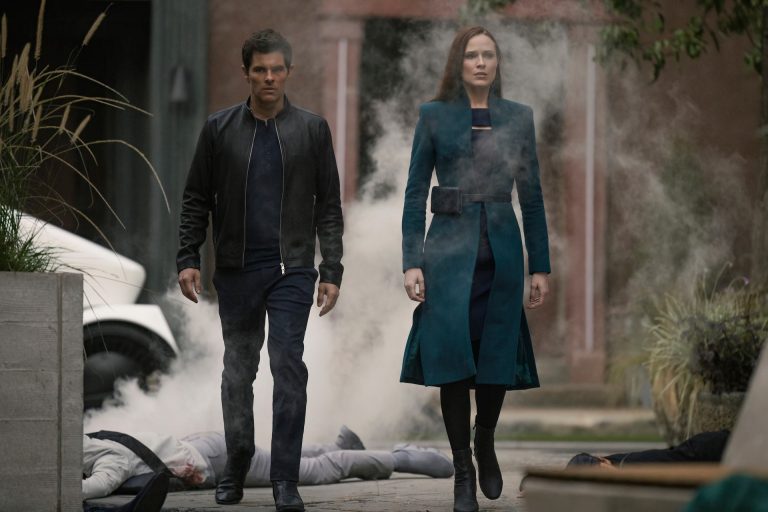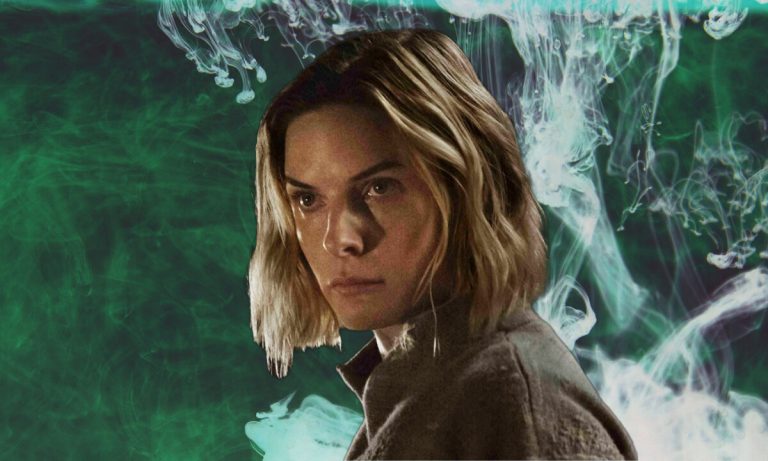Jeremy Saulnier’s Blue Ruin (2013) is a hauntingly intimate revenge thriller that strips vengeance of its glamour to reveal its slow, corrosive rot. Eschewing spectacle, Saulnier tells the story through patient, disquieting moments that linger like bruises. The film follows Dwight Evans, a drifting loner whose grief hardens into fixation. What begins as a desperate act of justice gradually turns into a bleak meditation on futility, guilt, and the self-perpetuating cycle of violence. By its end, Blue Ruin poses a simple yet devastating question: if your life becomes an instrument of revenge, what part of you remains to live afterward?
Spoiler Ahead
Blue Ruin (2013) Plot Summary & Movie Synopsis:
Dwight Evans lives on the edges of society, sleeping in his rusted-blue Pontiac Bonneville, scavenging strangers’ houses for baths, and eating garbage. His life is quiet and shapeless until a police officer gently informs him that Wade Marshall Cleland Jr, the man convicted of killing his parents, will be released from prison. The news awakens something that had been buried deep: rage, grief, and a desperate need for closure.
Dwight does not have a plan. He only has pain. He drives to Virginia, where he is from, and tries to scheme a way to arm himself, but violence is new to him. When he finally kills Wade in a bar restroom, it’s not cinematic or triumphant. It’s clumsy, terrified, and deeply human, the murder of a man who has long forgotten his crime by someone who has lived every day defined by it. But in killing Wade, Dwight reignites an old blood feud between two families – one that never truly ended.
Why Does Dwight Kill Wade Cleland Jr.?
Dwight’s motive seems clear at first: Wade killed his parents. The act is meant to avenge them and restore balance. But Saulnier deliberately denies the audience that satisfaction. Dwight doesn’t verify the truth. He acts on trauma and assumption. His revenge is less about justice and more about identity. He has built his existence around being the son of murdered parents. Without that anger, he has nothing left. Killing Wade, therefore, isn’t an end. It’s the only thing giving him purpose. When Wade’s nephew, William, tells Dwight that Wade didn’t actually kill his parents, that purpose shatters. Dwight’s revenge turns hollow, revealing how vengeance can blind one to truth.
How Does Dwight’s Revenge Spiral Out of Control?
After the murder, Dwight discovers the Clelands won’t go to the police. They’ll come for him directly. This is where the film’s realism deepens: violence begets violence, and Dwight’s act of vengeance puts his sister, Sam, in mortal danger. His paranoia consumes him. He digs in, setting traps, hiding in shadows, waiting for retaliation.
When he accidentally captures Teddy Cleland, Dwight learns the painful truth: the killing that destroyed his family was born from infidelity, not evil. His father had an affair with Wade Sr.’s wife. Wade Sr. killed both Dwight’s parents in a fit of rage, and Wade Jr. took the blame to protect his dying father. In one revelation, Dwight’s moral world collapses. He hasn’t avenged his parents; he’s murdered an innocent man.
What Does Ben’s Character Represent?
Ben, Dwight’s old friend, is a former Marine who possesses the cold competence that Dwight does not. When he reaches out for help, Ben offers weaponry, advice, and protection, as well as a moral warning. Ben understands violence and its consequences; he has experienced it. In aiding Dwight, Ben briefly slips back into that world.
However, Dwight makes it clear he will not allow Ben to accompany him further, as he has disabled his truck. This illustrates Dwight’s deepened self-awareness: he understands this mission will end in death, and does not want others to join him. Ben’s character is particularly important. He embodies what Dwight could have become in accepting loss instead of perpetuating it.
Why Does Dwight Go Back to the Clelands’ House?
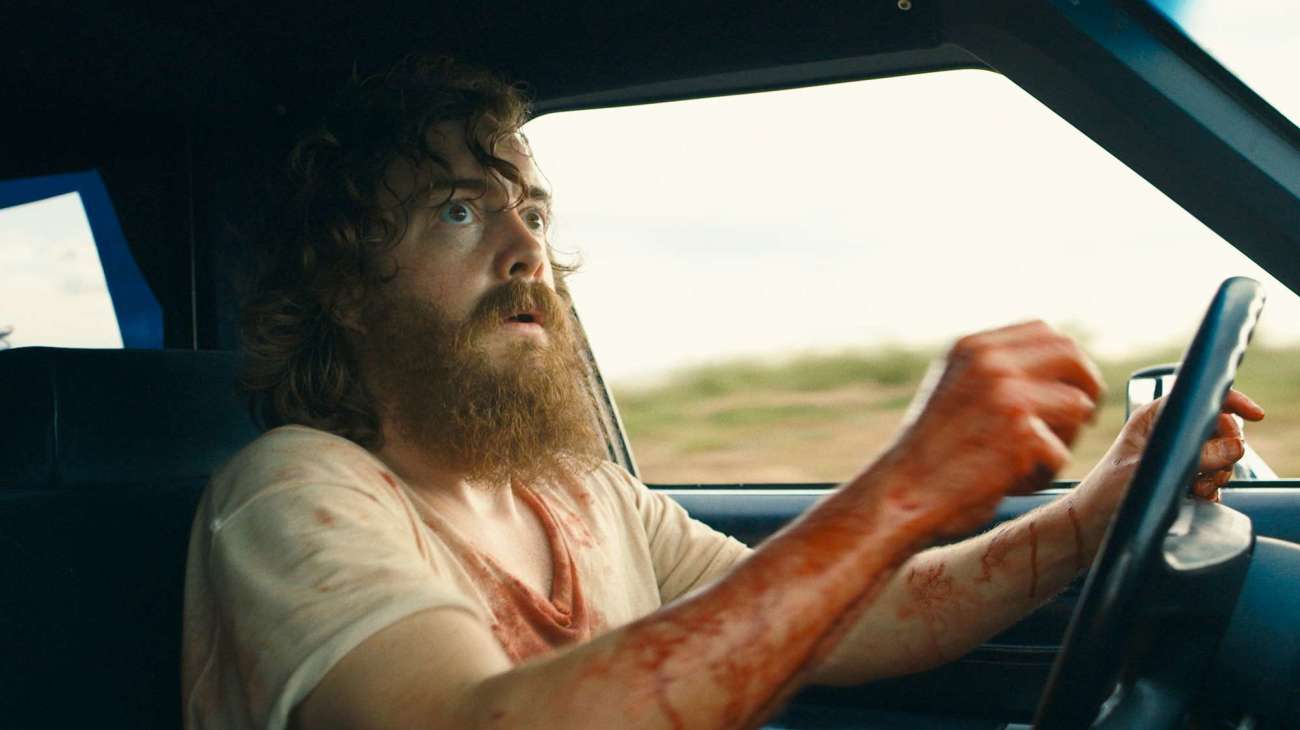
After burying Teddy, Dwight realizes there’s only one way to stop the cycle, to confront the Clelands directly. He removes all their guns, leaves a voicemail asking them to leave his sister out of the conflict, and waits. But revenge doesn’t listen. When the Clelands return, they play the same game he started, armed, angry, and unwilling to forgive. Dwight kills Carl in self-defense, then faces Kris and Hope Cleland, the clan’s matriarchal figures. In a final moment of twisted irony, William, the youngest Cleland, enters the chaos and shoots Dwight. But Dwight spares him, recognizing that William is his half-brother, the result of the affair that began it all. In trying to end the cycle, Dwight discovers he’s part of it.
Blue Ruin (2013) Movie Ending Explained:
What Does Dwight’s Death Mean?
Dwight’s death represents the film’s moral conclusion: the destination of a life nurtured by suffering and guided by misinterpretation. Throughout “Blue Ruin,” Dwight engages not with clarity but with suffering, continuing to mistake vengeance for meaning. His final scene lays bare the vacuity of that pursuit. As he bleeds on the Clelands’ floor, there is no grand synoptic or emotional catharsis, just fatigue and acceptance.
Unto him, the circle has finally closed, claiming Dwight as the last casualty of his own design. What makes his death so devastating is its quiet inevitability. He has spent years pursuing a version of justice rooted in falsehoods, only to discover that his parents’ deaths were the result of human error rather than malice or monstrous intent. In that realization, everything that once gave his life meaning slips away, leaving only the hollow echo of what he thought revenge could restore.
There is no more villain to kill, and there is no closure that could redeem anything. By forgiving William, his half-brother, Dwight makes the only truly ethical choice of his life to break the cycle of revenge that had affected both of their families. It is an exhausted mercy that acknowledges vengeance only leads to more loss.
The banal way he dies, not in triumph, but in hush, illustrates Jeremy Saulnier’s rejection of romanticizing violence. Dwight does not transcend his suffering. He just stops inflicting it. His last gesture toward the car keys – a banal act amid the chaos – signifies that he is someone who has finally given in to a certain truth: vengeance will not bring back the past, and cannot heal the hurt. It may leave only loneliness, fragments of love, guilt, and a story that outlived its usefulness.
What Does the ‘Blue Ruin’ Symbolize?
The title “Blue Ruin” is rich with layered symbolism, including both Dwight Evans’ personal decay and the broader moral decay of his quest for vengeance. The term “Blue Ruin” refers literally to the dilapidated Pontiac Bonneville, his home, his means of transportation, and his only friend in a purposeless existence. The car is antique, old, rusted, and barely moves, letting us get a better sense of Dwight as emotionally paralyzed. It can move, but it never moves forward. He is literally living out of a junk car, just as he is trapped in his own mind, in finding peace since the night his parents were murdered. This symbolism operates at a deeper level.
Blue is sadness, melancholy, and the cold disconnection that animates and literally defines Dwight’s existence. Ruin signifies an inevitable collapse when a life is so steeped in revenge. The phrase ‘together’ becomes an emotional diagnosis. Dwight is the ruin, drenched in grief. Dwight’s obsession with avenging the tragic loss of his parents will do nothing to fix that loss, only more so cause decay with a loss of any remaining trace of humanity. The decay of Dwight’s car represents the decay of Dwight’s moral compass. Every dent and rust mark represents a choice Dwight made in response to fear or outrage.
As Dwight seeks more violence, his vehicle, like his spirit, deteriorates. By the film’s end, when Dwight dies and tells William the keys are in the car, it’s as if he’s passing down the inheritance of ruin, warning that the path of vengeance always ends in emptiness. Ultimately, “Blue Ruin” symbolizes the futility of revenge and the quiet tragedy of being unable to let go. It’s not just the color of Dwight’s car; it’s the color of his soul.


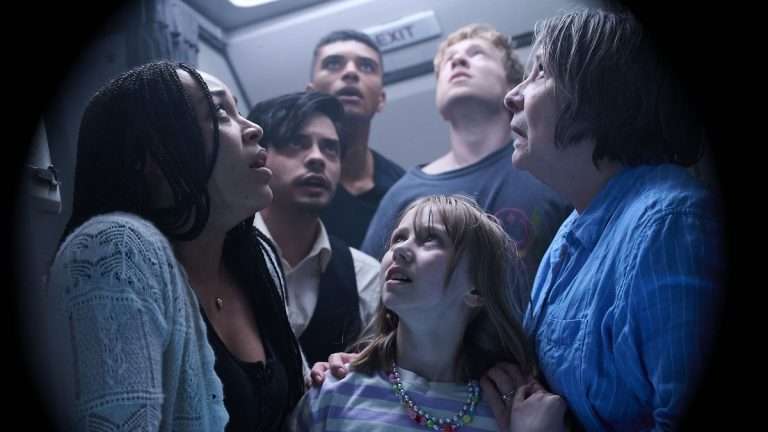
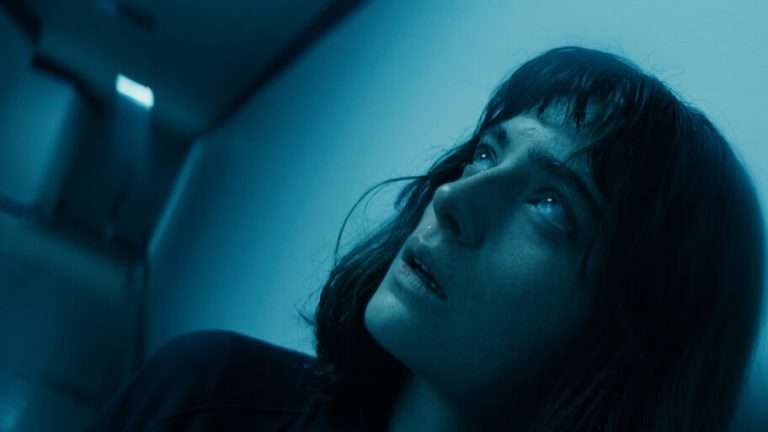
![Nirmal Pathak Ki Ghar Wapsi [2022] Review: The Tale of a Man’s Homecoming Is Shoddy & Pretentious](https://79468c92.delivery.rocketcdn.me/wp-content/uploads/2022/06/nirmal-pathak-ki-ghar-wapsi-768x427.jpg)
